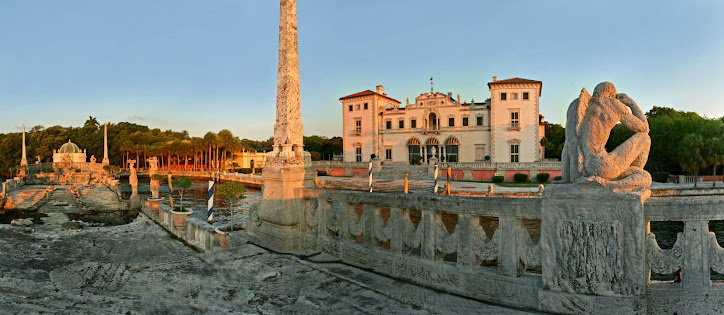
To quote Edith Wharton "Though it is an exaggeration to say that there are no flowers in Italian gardens, yet to enjoy and appreciate the Italian garden-craft one must always bear in mind that it is independant of floriculture."
 During the Renaissance the garden became an extension of the house not merely a walled place to grow food. Hence the symetrical parterre represented the oriental carpet, walls define the room, and the sky the ceiling as in trompe l'oeil ceilings. Water was always a feature to cool and sooth the body and soul. Statues were also always a feature so one was never alone in the garden. With this in mind see how marvelously Diego Suarez the garden designer achieved an "Italian garden".
During the Renaissance the garden became an extension of the house not merely a walled place to grow food. Hence the symetrical parterre represented the oriental carpet, walls define the room, and the sky the ceiling as in trompe l'oeil ceilings. Water was always a feature to cool and sooth the body and soul. Statues were also always a feature so one was never alone in the garden. With this in mind see how marvelously Diego Suarez the garden designer achieved an "Italian garden".
I love this image by Grant K. Gibson




















No comments:
Post a Comment